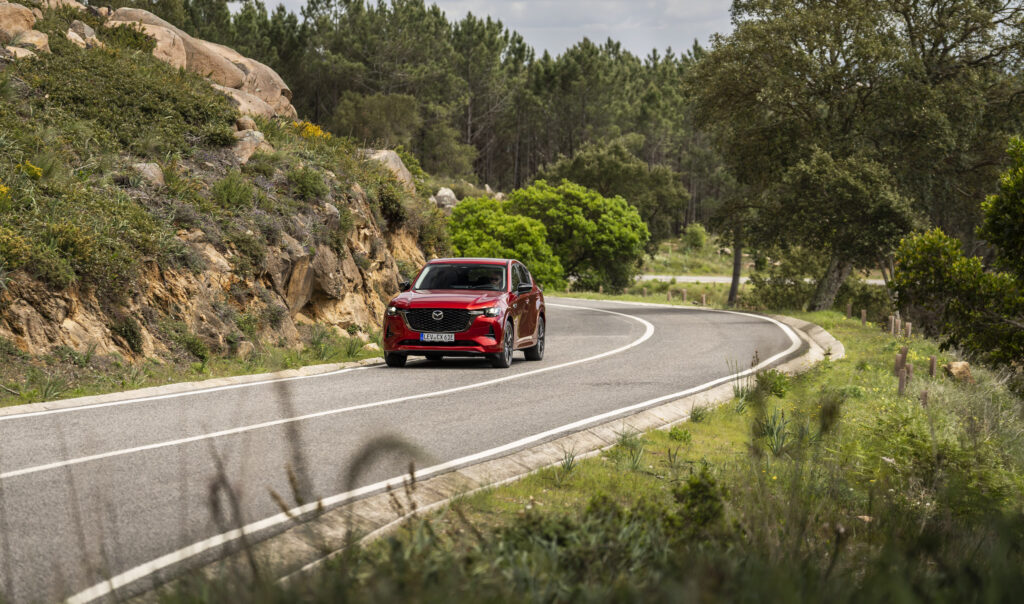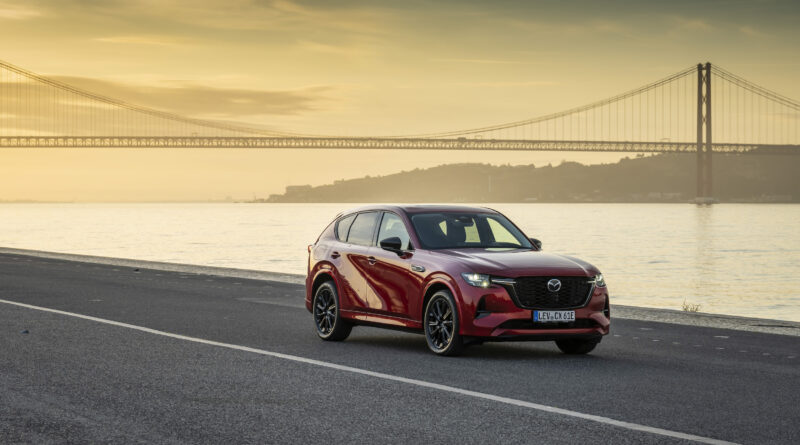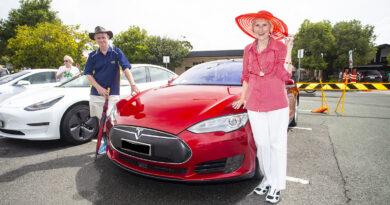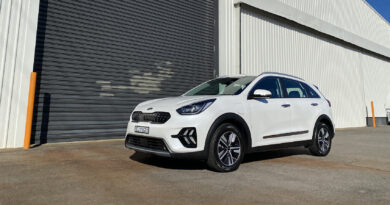Mazda CX-60 PHEV first drive
Mazda has become the latest manufacturer to jump on the PHEV bandwagon, and the electrified version of its all-new, premium crossover SUV, the CX-60, will be the top-of-the-range offering.
EV Central went to Portugal to drive pre-production versions of the PHEV – the most powerful Mazda ever to grace the world’s roads, with 241kW and 500Nm – at the global unveil of what is a hugely important new car for the company, the CX-60.
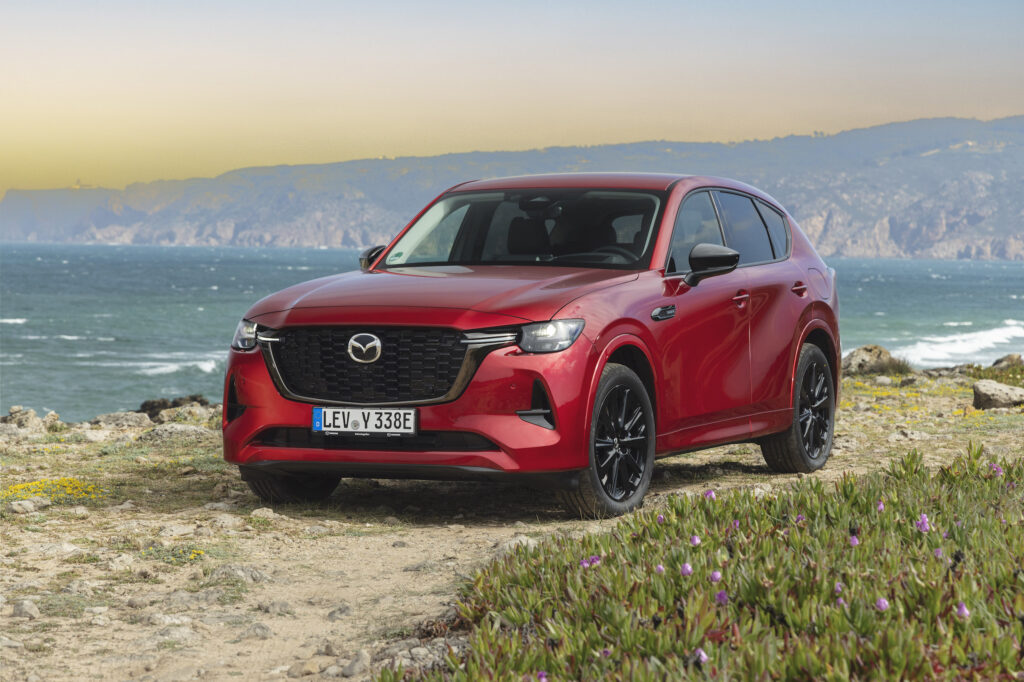
Built on an all-new platform that’s set up for rear-wheel drive (although the PHEV version is actually AWD) and will use longitudinally mounted (north-south) straight-six engines, both petrol and diesel. Mazda acknowledges that it is the most important car it has launched in more than a decade, and it also says it represents “everything the company has built into its DNA over the last 100 years”, and that its design is the pinnacle of efforts to lift the Japanese brand into Euro-premium territory.
In short, it’s a pretty bloody big deal.
READ MORE: CX-60 PHEV detailed ahead of Australian arrival; most powerful Mazda ever
READ MORE: The next Mazda MX-5 will be electrifying
READ MORE: Mazda MX-30 rotary range extender still on target for 2022
READ MORE: Mazda all in on EVs – 13 new models by 2025
While the PHEV is the first cab off the rank in terms of global launch, it won’t be the car that launches CX-60 in Australia. That car, rumoured to be priced as low as $55,000, will likely be powered by the same naturally aspirated 2.5-litre four-cylinder already found in the Mazda 3, 6, CX-5 and CX-8.
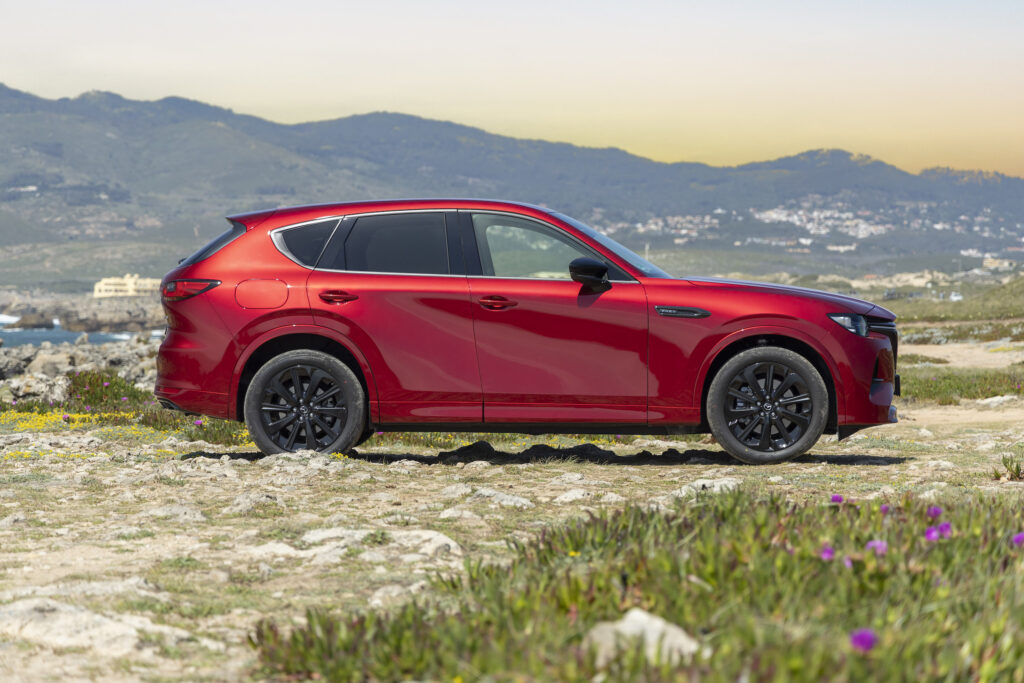
It might struggle to be exciting, but it will be an attractive to look at proposition at that price. You can bet that the PHEV, which the managing director of Mazda Australia, Vinesh Bhindi, says will be “very much the top end” of the range, will be significantly more expensive. If it does come in north of $70,000, or even $75K, it’s going to be a big ask for the marque in this country.
Mazda does believe the demand for PHEVs is growing in Australia, however.
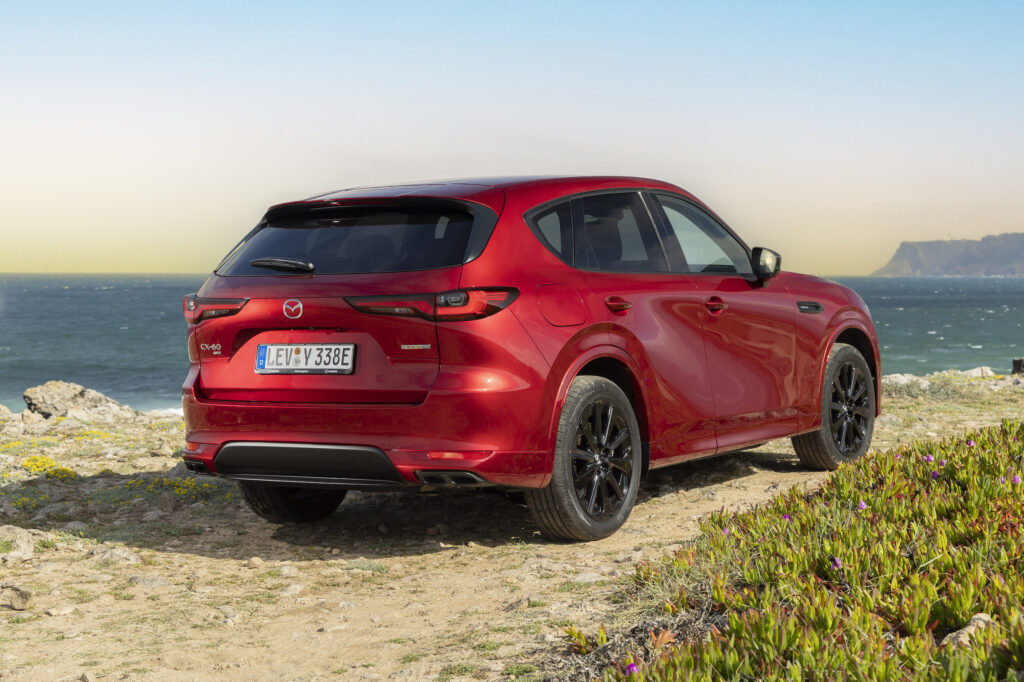
“History tell us it’s a small market, but no major brand has put this push into PHEV before, either, so we believe there is a market, and it’s a growing market,” Bhindi says.
“It’s not an entry level technology, therefore it will appeal to a certain group of consumers, so in our line-up for CX-60, the PHEV will be very much the top end.”

It will also, he confirmed, remain the most powerful option, although the 3.0-litre straight-six petrol engine, which will be rear-drive only in at least some variants, might turn out to be the better driver’s car. Or the purist option, if there is such a thing when it comes to crossover SUVs.
PHEV: the new performance option for Mazda
The suggestion that we would be driving the most powerful Mazda, ever, certainly created a frisson of excitement, and a quick Google of just how underpowered the old RX-8 sports car was, comparatively speaking, and the good news is that, in Sport mode at least, the CX-60 PHEV genuinely does deliver.
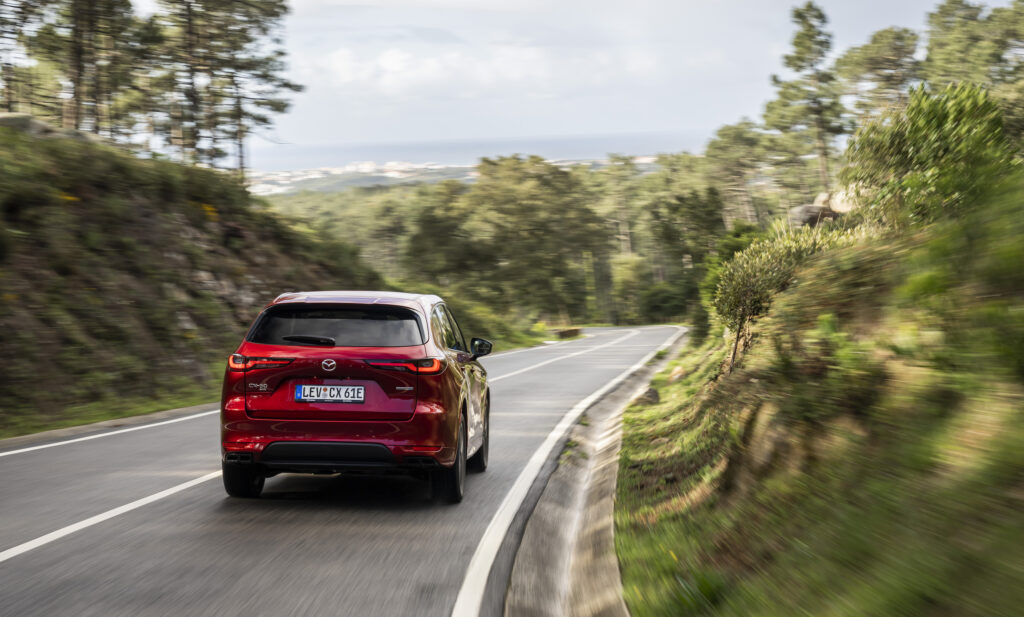
With all of the goodness produced by its combination of a 2.5-litre four-cylinder direct-injection petrol engine, a 100kW electric motor and a 17.8kWh lithium-ion battery – good for “more than 60km” of electric-only driving – on tap in Sport mode, the CX-60 gets up and goes. Its 0 to 100km/h time of 5.8 seconds feels entirely believable, and when you plant your foot and push through the detente it fairly leaps away.
Overtaking on Portugal’s speedy freeways was a breeze and the car goes from 80 to 140km/h with particularly elastic ease. While the engine can be coarse and a bit shouty when you’re piling on the revs, it did also manage to cruise at highway speeds with admirably good refinement.
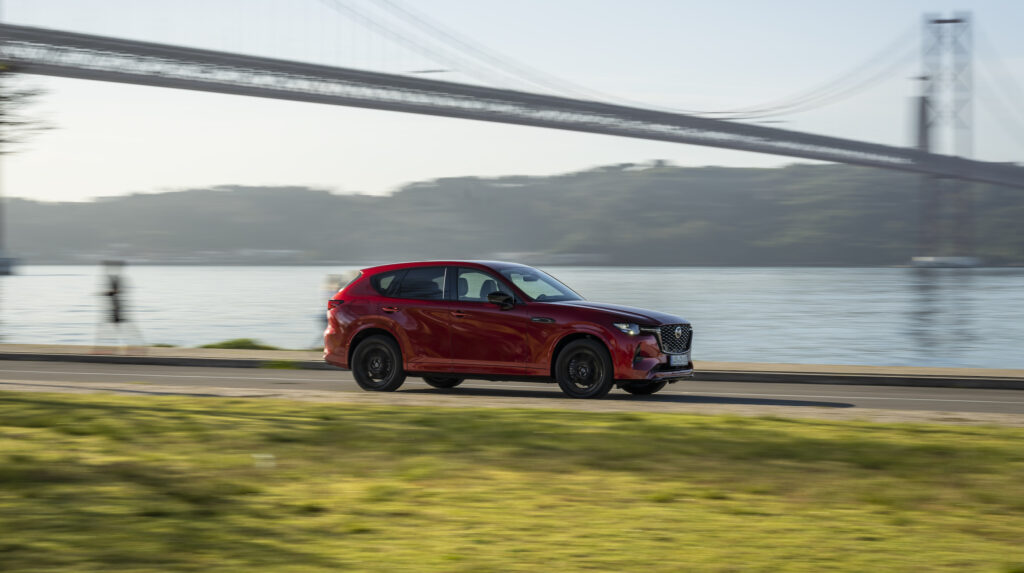
The slightly less wonderful news is that in EV or Normal modes, the driving experience was not as fabulous. Now, the Mazda engineers did lean heavily into the phrase “pre-production vehicles” and even pledged that some of the noises we were noticing were still being worked on and would be improved, or removed, by the time the production vehicles hit the streets.
Still, in EV mode, there was a distinct lack of electric shove off the line. Instead, there was a kind of momentary hesitation before anything much happened at all. There were also some strange whistling, moaning and sucking noises under acceleration, as if the car didn’t enjoy being asked to perform.
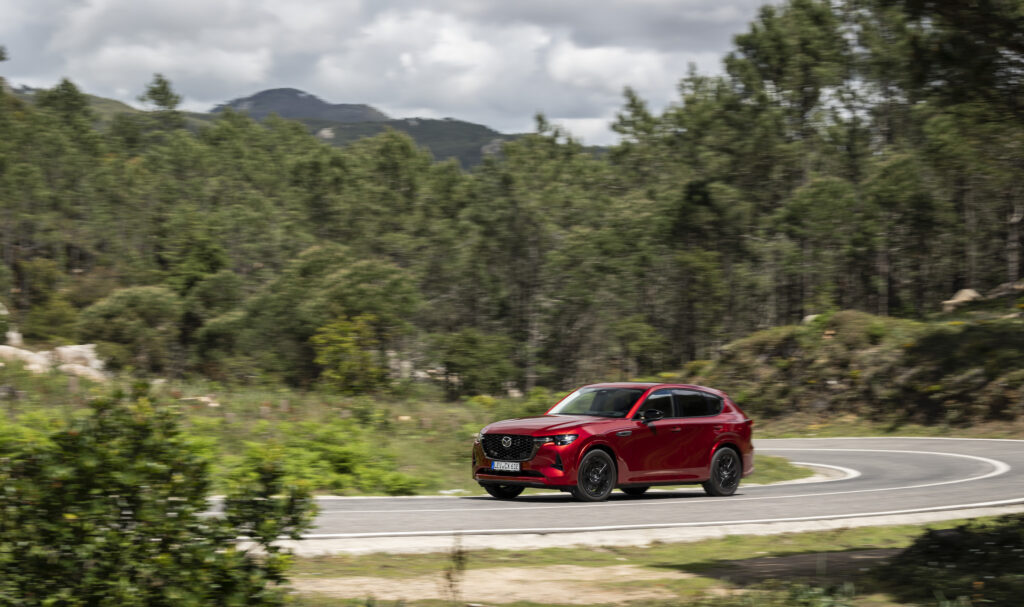
It was more of the same, but noisier, in Normal mode, which allows the PHEV to combine the engine and the EV set up as required. Again, it was a bit noisy – with plenty of starter motor sound coming into the cabin as the engine kicked on – and a bit harsh, and acceleration was also not great. It really did make the CX-60 feel all of its two tonnes, which is not something you noticed so much in Sport mode.
On the plus side, no matter how you were driving the car, it did ride and handle very well, with a bit of that rear-drive balance we all know and love from BMWs. It also sits nice and flat through bends (using the same clever Kinetic Posture Control system recently launched on the MX-5 facelift, which nips the brakes on the wheel under load in cornering, to reduce body roll instantly, and provide better driver feedback).
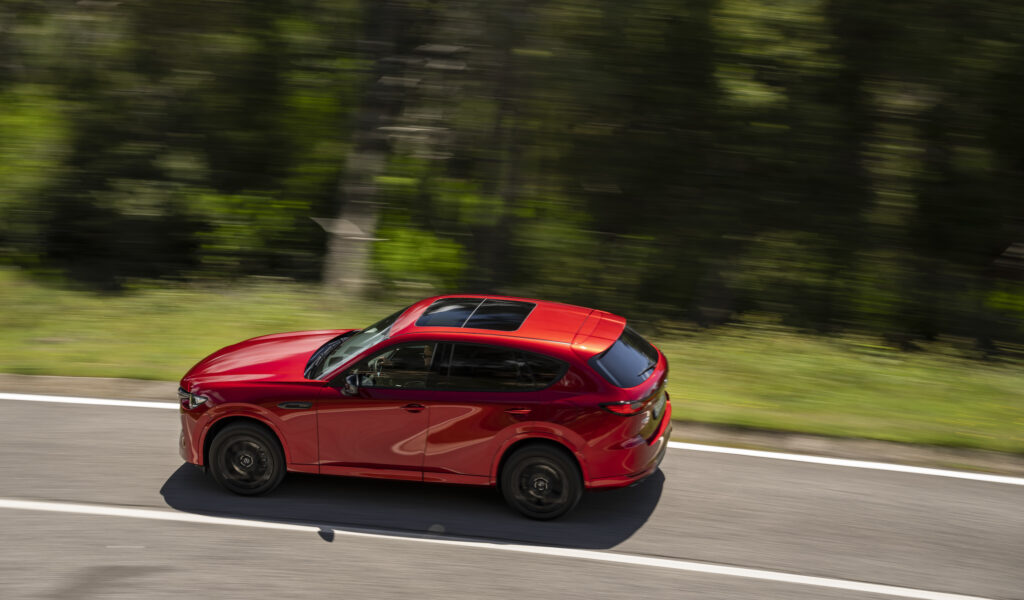
The steering feedback was also good, although a little light on for my personal taste, and generally what is quite a big car managed to feel sprightly, even on tight, challenging Portuguese roads.
Hopefully the PHEV will be more polished by the time it arrives, but I’m still more excited about driving the 3.0-litre six with rear wheel drive. Why they’re bothering with the 3.3-litre diesel is beyond me given the shift away from diesel in mid-sized SUVs.
Sitting pretty in new Mazda CX-60
Mazda was also keen to talk up how luxurious and premium the interior of the new CX-60 is, but in the pre-production cars, again, this didn’t feel quite finished. Apparently there are “Takumi” variants to come (hello, Lexus, it turns out you don’t own that word), which will feature real maple wood panels and door cards based on kimono design. It all sounds very Japanese premium.

One feature we did get to enjoy was the very clever Driver Personalisation System, which seems like a genuine world first.
The first time you drive it, the CX-60 goes to the trouble of finding the perfect driving position for you – the seat height, the mirrors, the steering wheel reach and rake, and the height of the head-up display, everything.
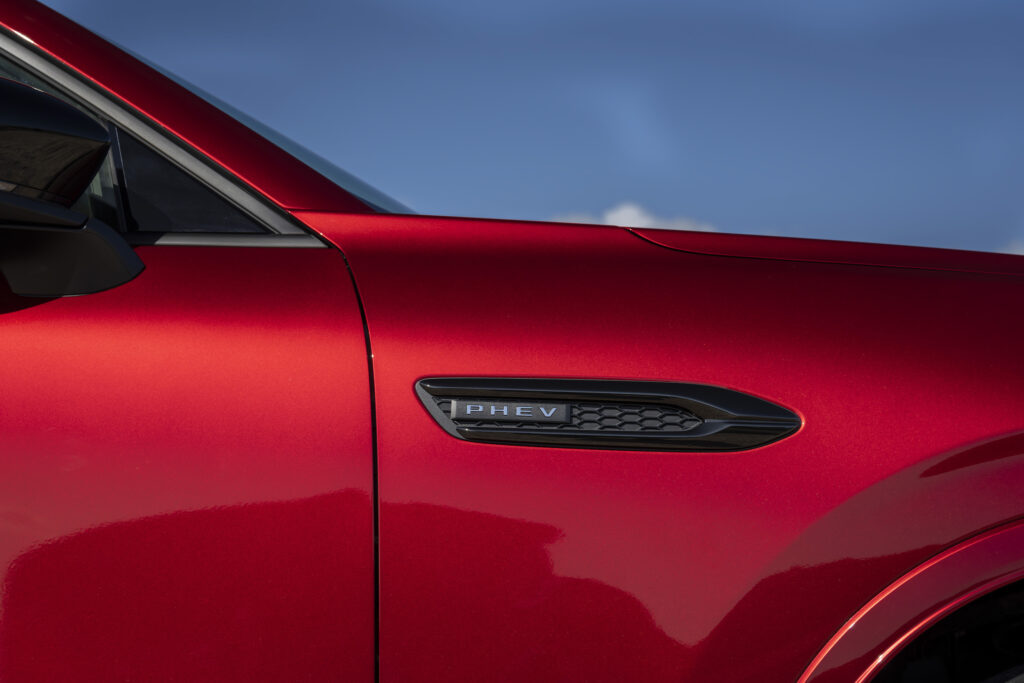
It uses a camera to measure your eyeline and asks you to enter your height and then you’re good to go, very quickly, and the car will then use face-recognition software to recognise you and set up your position every time you get in. In a world in which every second idiot seems to sit too close to the wheel, this seems a mighty fine idea, and one long overdue.
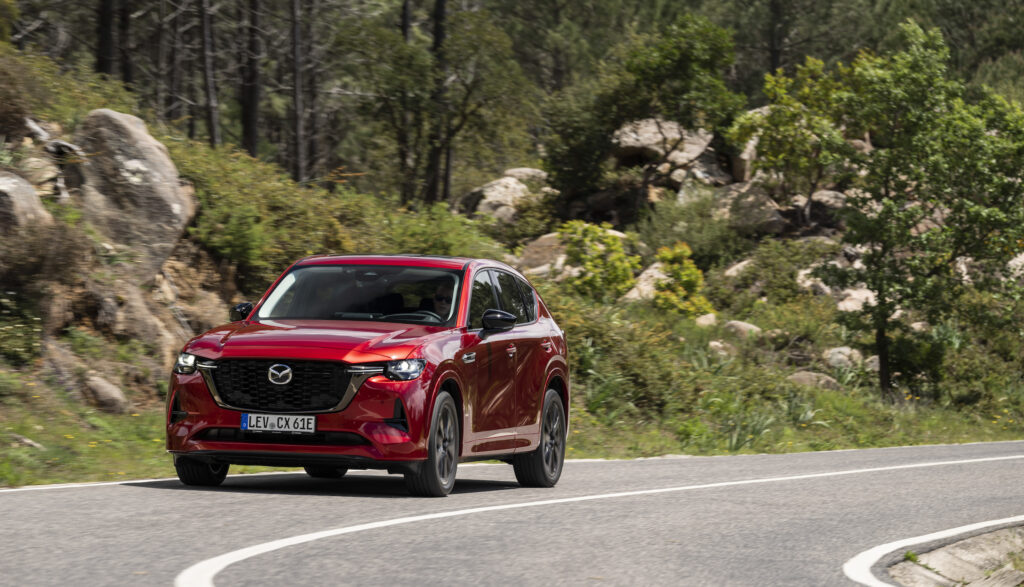
Over time, the Driver Personalisation System also stores 250 “personalisation values”, everything from your preferred air-con temperature to your favourite radio station, and, er 248 other things.
It’s going to be a real selling point, and it’s the kind of thing you can just see the world’s other car companies doing a face palm about, and thinking “why didn’t we do that?”
It’s all part of trying to position Mazda as more of a premium player as it comes under pressure from mainstream brands shifting upmarket.
